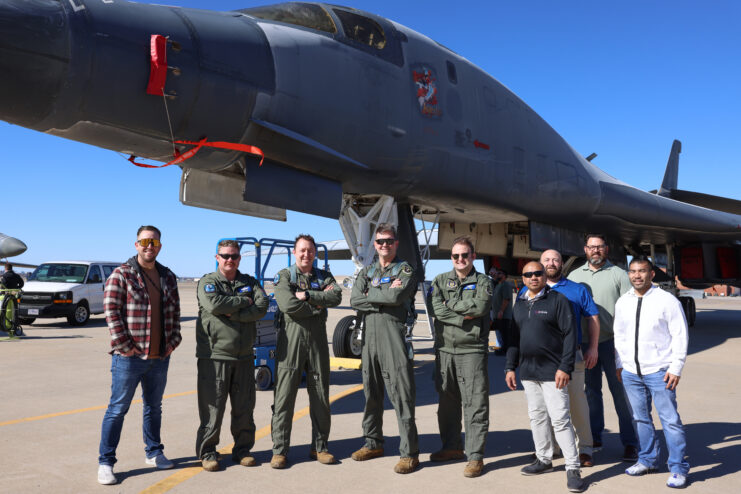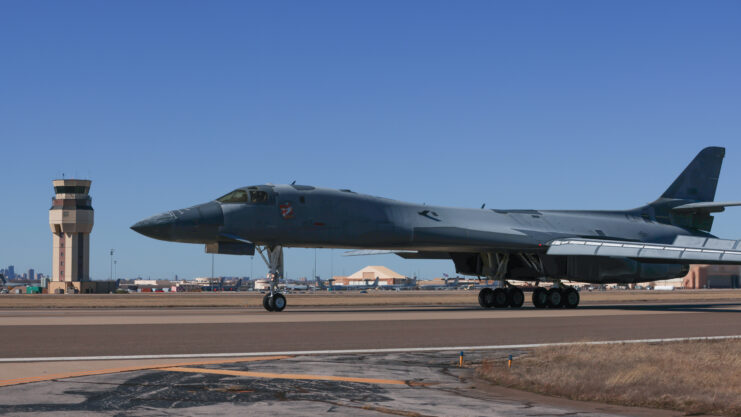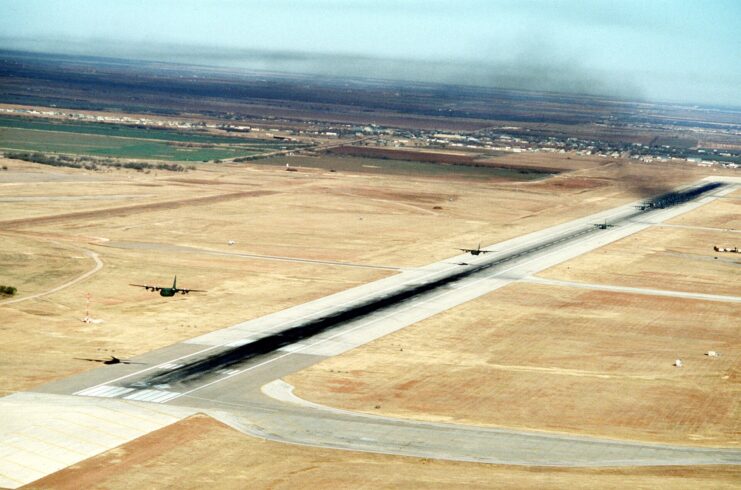Retired ‘Lancelot’ B-1B Lancer Being Returned to Active Service
The US Air Force has made the decision to reactivate a Rockwell B-1B Lancer it put into storage three years ago. The strategic bomber, nicknamed Lancelot, is currently undergoing upgrades, after which it will be sent to Dyess Air Force Base, Texas, to serve as part of the Strategic Bomber Fleet.

Lancelot was the 41st B-1 Lancer to roll off the manufacturing line as part of Lot 4 production, and had previously served under the nicknames Equalizer and Aftershock. In March 2021, under the National Defense Authorization Act for the 2021 fiscal year, the aircraft was decommissioned and put into storage.
Retired to the 309th Aerospace Maintenance and Regeneration Group at Davis-Monthan Air Force Base, Arizona, it appeared as though Lancelot would live out of the rest of its life in the aircraft boneyard. However, a “catastrophic fire engine failure” during maintenance on another bomber in 2022 meant the US Air Force had to make the decision regarding the strategic bomber.
The Air Force Materiel Command said in a press release that the decision to reactivate Lancelot came after a review of proposals presented to the B-1 System Program Office at Tinker Air Force Base, Oklahoma regarding next steps. The military branch has a Congressional mandate regarding the size of the operational fleet, meaning there was two options: repair the damaged aircraft or replace it with another B-1.
“With projected repair costs to fix the fire-damaged aircraft expected to be cost-prohibitive, Air Force officials elected to regenerate Lancelot,” the statement explained.

Once the choice was made, Lancelot was sent to Tinker to “begin the regeneration process,” after which it’ll rejoin the Strategic Bomber Fleet. According to the Air Force Materiel Command, members from the 309th AMARG, the 7th Bomb Wing at Dyess, and the 76th Expeditionary Depot Maintenance and 569th Egress Flight will be providing the B-1B with any “upgrades missed during its retirement so that its capabilities match other aircraft in the fleet.”
Once this work has been completed, the 10th Flight Test Squadron will perform a functional test flight and deliver Lancelot to Dyess.
Speaking in the press release, Jason Justice, a technical analyst contractor at the Air Force Life Cycle Management Center, said, “I feel this project is important in continuing to prove the reliability of the B-1 and its use for airpower and air superiority. Our B-1 community is a tight knit family who demonstrates over and over that the B-1 is a viable platform when given the right people and money, to produce the requirements needed to meet our flying commitment to airpower.”

More from us: Memorial Erected In Honor of American Troops Who Died In D-Day Rehearsal Exercise
The B-1 Lancer was developed by Rockwell during the latter stages of the Cold War. Still in service with the US Air Force, it serves as one of three of the branch’s strategic bombers, with the Northrop Grumman B-2 Spirit and the Boeing B-52 Stratofortress.
The post Retired ‘Lancelot’ B-1B Lancer Being Returned to Active Service appeared first on warhistoryonline.
Retired ‘Lancelot’ B-1B Lancer Being Returned to Active Service
Philippines Truth
Post a Comment
0 Comments